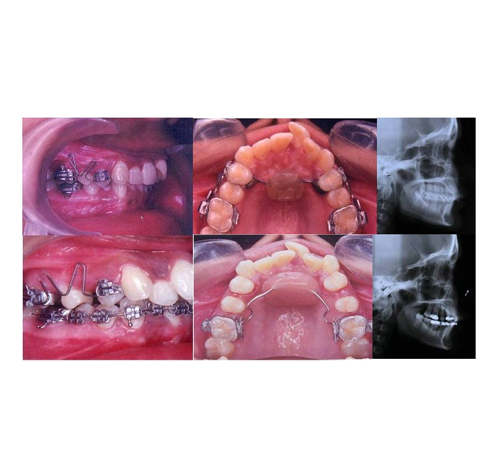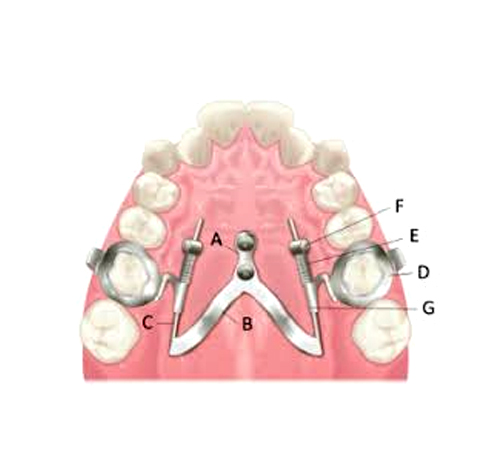Distalization appliances are orthodontic devices designed to move the teeth (specifically the upper or lower molars) backward (distally) to correct issues such as overcrowding, bite discrepancies, or misalignment. They are commonly used to address problems like overbites, underbites, and crossbites by redistributing space in the dental arch. Distalization appliances can be either fixed or removable, depending on the treatment goals and patient needs. Here are the key benefits of using distalization appliances:




